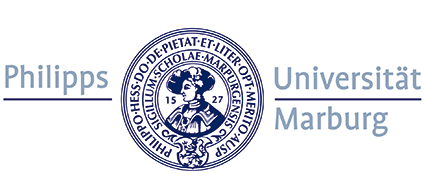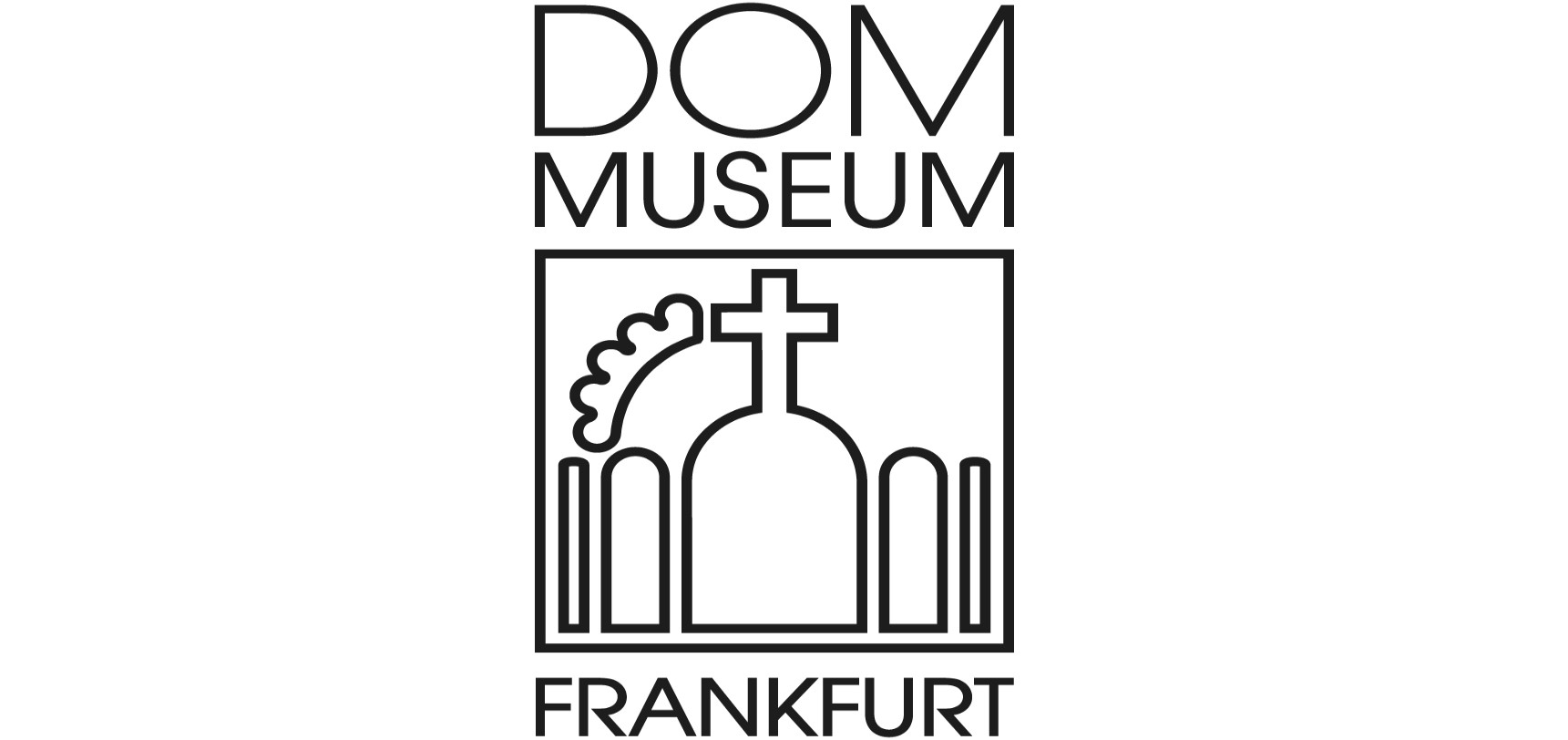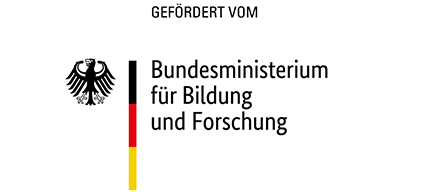Hauptinhalt
Panle IV: Art-Ifacts between Classifications
Panel IV discussion: 05/June/2021 11:00 am to 12:00 am, BigBlueButton
Ferdinand Liefert (University of Marburg)
Hakubutsukan or Bijutsukan: Early Museological Developments in Japan with Long Lasting Implications.
At many museums “religious” is not a category which is sufficient for assigning an object exclusively to a certain department or even to the museum. In many cases, other than “religious”, fixed categories are used which stem from early museological discourses. When religious institutions run exhibition spaces, they also follow broader museological trends. During the Meiji period, terms for museums in Japan were introduced in Japanese. As terms were fixed, the museums already have been differentiated. As a result, since then, hakubutsukan is used as the common term for a museum which could be a natural history museum, cultural history museum, archeological museum, etc. The term bijutsukan became the general term for art museums, respectively. How could collectors and curators decide if e.g. a Buddha statue is a general historical or an art historical object? In my presentation I intend to explore the conditions which led Japanese New Religious Movements to employ the category “hakubutsukan” or “bijutsukan” for their museums. I focus on museums which are inspired by ideas of the two religious leaders Nakayama Shōzen (1905-1967) and Okada Mokichi (1882-1955).
Prof. Dr. Christa Frateantonio (University of Hannover)
Art, Artefacts, and Alienation: Religious Materials as World Art (Arts Premiers)
How religious materials are presented as art in museums is so far little discussed from a Study of Religions viewpoint. I would like to enter this topic in asking if this kind of presentation can be called alienation or rather apotheosis, and reflecting on what Europe’s iconoclastic transformation-of-religious-things-history might have to do with it. Starting-point will be Belgium’s first world exhibition, the »Exposition Coloniale« in 1897. In its context a multitude of artefacts originating from the Kongo-area, at that time Belgium’s colony, were presented. Ritual masks, and so-called fetishes, were part of an exhibition in combination with modern artworks designed by famous Belgian artists of the time (art nouveau). The extensive exhibition included not only artefacts from the religious sphere of the Kongo-area but as well flora and fauna, such as ivory- and mahogany-works. All of this was placed in the for the purpose ad hoc new built Palais des Colonies, Brussels later Musée royal de l’Afrique Centrale de Tervuren. Different to ethnological collections established all around Europe from the 19th century onwards, presenting religious materials as part of different ›colonial‹ cultures which became subject of academic research, new-born or relabelled art, namely primary religious artefacts do not. Museums such as Tervuren, or Musée du Quai Branly in Paris, and a growing number of worldwide Museums presenting Global or World-Art rather conceal their religious origin than reflect upon it. But: the way these fetishes, masks, and further religious objects are presented is strikingly close to what Hans Belting and others have called creating an aura in a temple (= museum). And is in Europe no completely new phenomenon deriving only from colonial times, as is sometimes supposed. But it has as well its own roots in religious iconoclasms, and the resultant transformations of religious artefacts into art. Selected and representative examples of exhibition shall put up this assumption for discussion.
Prof. Dr. Ekaterina Teryukova (St. Petersburg State University and State Museum of the History of Religion, Saint-Petersburg)
A Collection of Academician V. Alekseev from the State Museum of the History of Religion a Source for the Study of Chinese Poplar Beliefs in the Late Imperial China.
The presentation is illustrative for conference topic – what role do museums play in academic research on religious materials. It presents the results of joint Rissian-Taiwanese project on research of the collection of famous Russian Sinologist V. Alekssev kept in the State Museum of the History of Religion. The collection was gathered in 1905-1907. It includes about 1000 Chinese poplar woodblocks and amulets used for religious purposes and thousands Chinese manuscripts with explanations on prints. All together they form the unique sources for the study of Chinese poplar beliefs on the eve of 1911 Revolution and XX-th century transformations.



